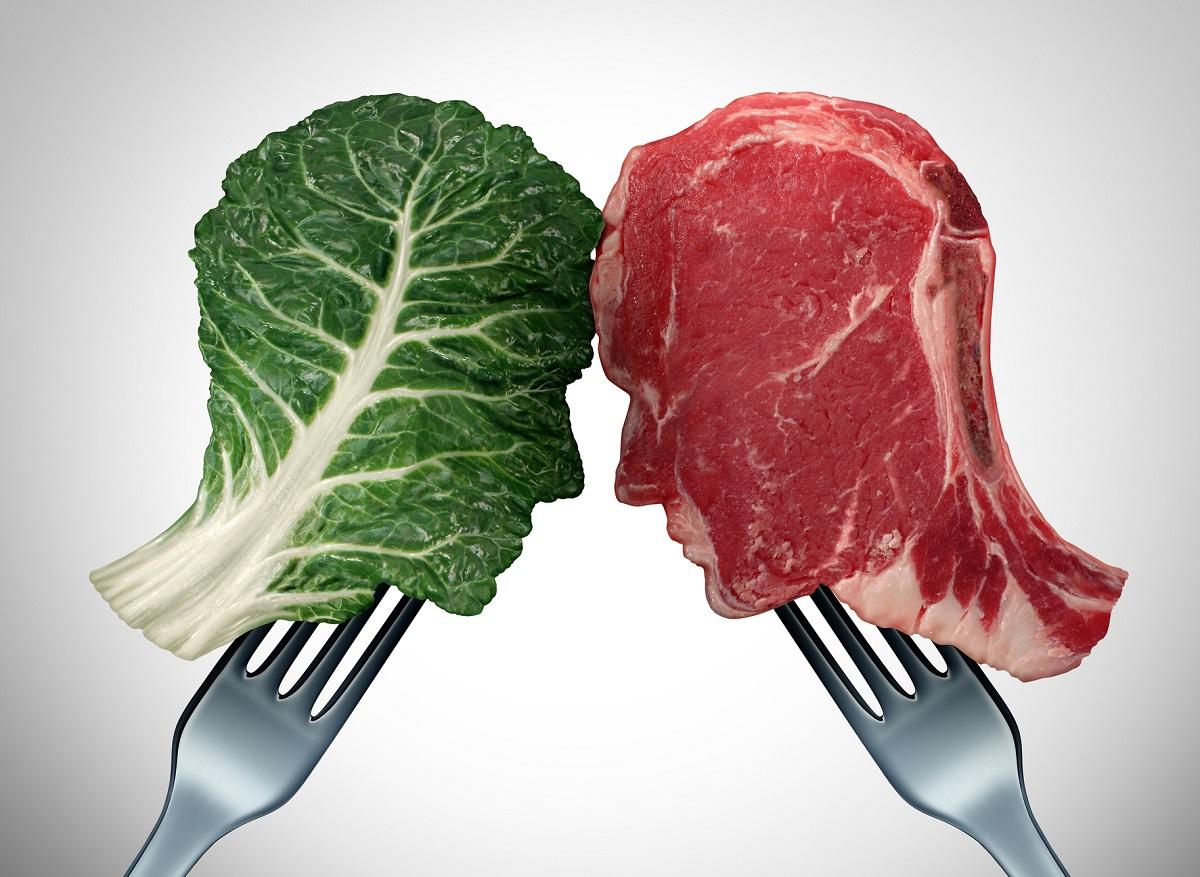
How safe is a piece of chicken
The ‘poison eggs’ with the banned insecticide fipronil were in the news, but what about the chickens themselves? Can there also be fipronil in your piece of chicken?
What about the fipronil in eggs?
Laying hens, chickens that are kept for the production of eggs, can suffer from red mite or red mite. In July it was revealed that some farmers had used pesticides against these red mites containing fipronil. And that is not allowed, because this substance is moderately toxic to humans. The Dutch Food and Consumer Product Safety Authority (NVWA) investigated which eggs may contain too much fipronil and warned not to eat these eggs.
What about chicken?
Until now, all attention has been focused on the contaminated eggs, but what about chicken? The chance of problems with chicken intended for consumption is much smaller.
Laying hens are eaten, but almost never as chicken fillet or chicken leg. Due to the processing in the food industry, the amount of fipronil that is in it when consumed is probably small.
Chickens raised for their meat (so-called broilers) usually only live 6 to 10 weeks. After slaughter, the farmers clean their stables. As a result, the broiler industry has little trouble with red mites.
Still research
The NVWA will conduct research into fipronil in chicken meat, but only at companies where both broilers and laying hens live.
Danger to your health?
Chicken meat that contains fipronil poses no danger to human health, expects toxicologist Martin van den Berg of Utrecht University. “Fipronil accumulates less in meat than in eggs,” he says in the General Newspaper.
Sources):















